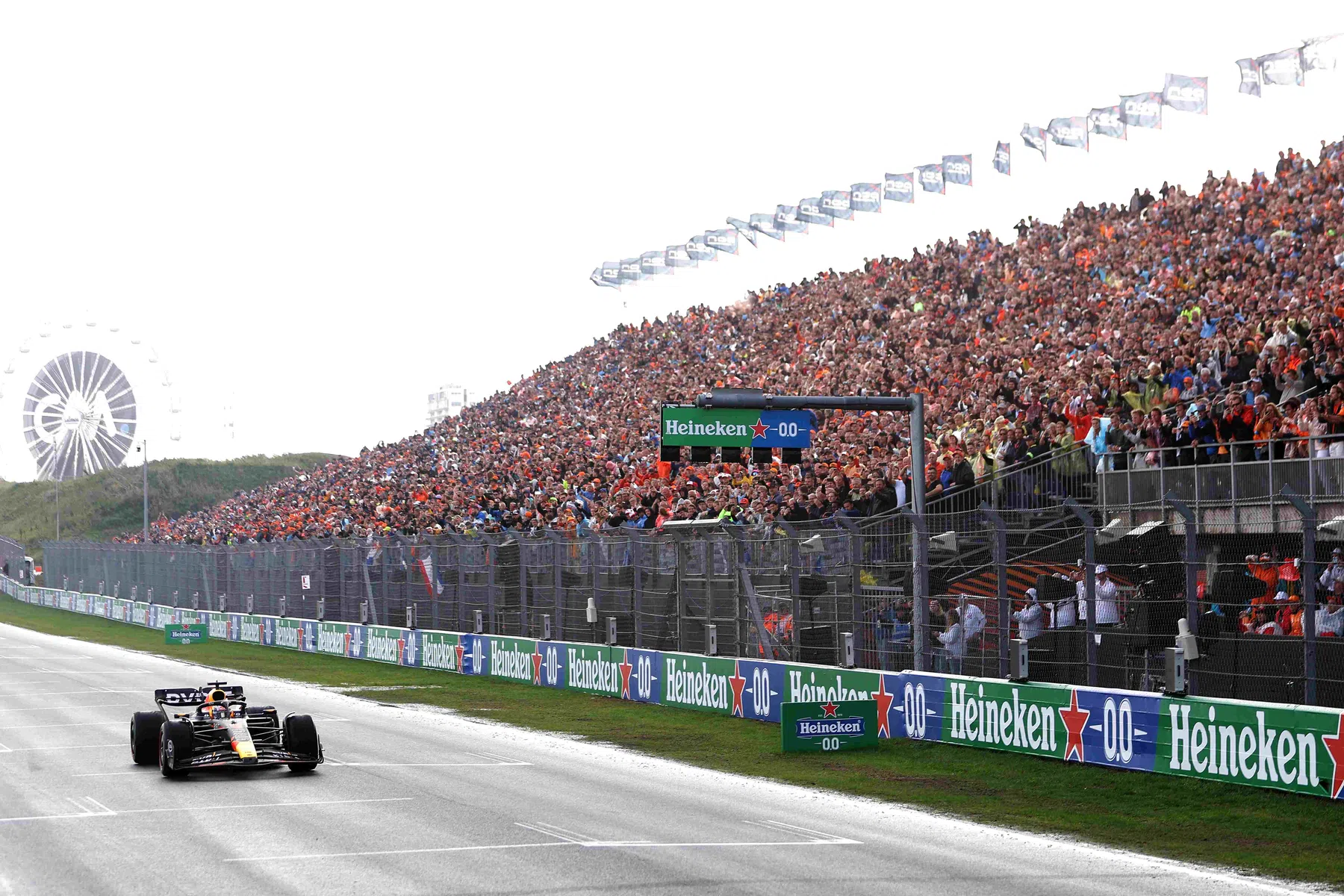Red Bull Content Pool
F1 News

Why Zandvoort is a great example for the rest of the F1 tracks?
- Corwin Kunst
The Dutch Grand Prix is an example for many other Grands Prix in several areas. Last year, the progressive Dutch Grand Prix won the'F1 Promoter of the Year' award, and this year they are once again leading the way in many areas in Zandvoort, FOM listed.
'Green' event
Last season, 98% of visitors chose sustainable transportation (bicycle, train or on foot) to the circuit and the DutchGP organisers expect to match or even exceed this percentage in 2024. More than 40,000 fans are expected to travel to Zandvoort by bike.
Moreover, the DutchGP has switched to a permanent green power grid, which has now also been extended to the F1 Hospitality Paddock. This has significantly reduced fuel consumption from 120,000 litres (2021) to 40,000 litres (2023). Combined with the switch to HVO100 ('Hydrotreated Vegetable Oil', a clean substitute for diesel), this has reduced the climate footprint by 94.5% in 2023 compared to the first year of the event.
Inclusivity at the track
Furthermore, together with Handicap.nl, the Grand Prix of the Netherlands offers special care facilities for people with disabilities. A custom-built 'hotel' at the venue offers accessible showers, toilets and medical areas. There is also an area along the straight accessible to disabled fans. Together with the Ambulance Wish Foundation, terminally ill patients will also be welcomed to fulfil their wish to attend an F1 event on Thursday with a special walk in the pit lane.
And finally, two catering outlets at the circuit, the Champions Club and the Founders Lounge, are both recycled buildings and measures are being taken so that no waste is left in the dunes. A token recycling system (which can also be used to win prizes) will be used again and special 'clean teams' will be deployed.

